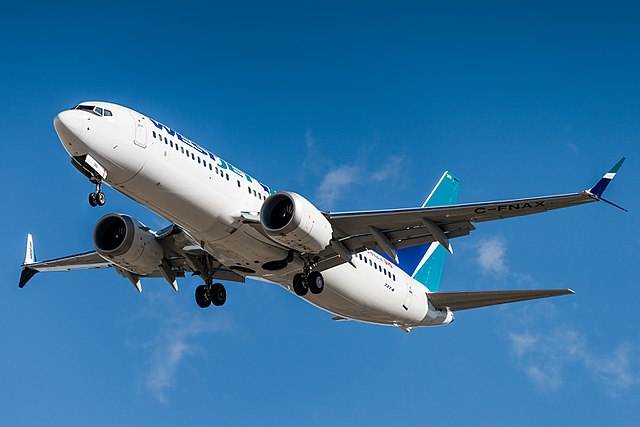
Image source: Wikipedia
Crisis communications experts criticized Boeing’s communications response to the recent crash of its 737 Max plane in Ethiopia.
All 157 people on board died when an Ethiopian Airlines flight went down after experiencing difficulties immediately after takeoff. Ominously, it was the second accident involving the plane model in five months. Another 737 Max jet crashed in October in Indonesia, killing all 189 people on board. Governments and many airlines around the world promptly grounded all 737 Max aircraft after the second crash.
Rather than acting quickly to temporarily ground the planes, Boeing insisted that the aircraft is safe. Usually the leader in aircraft safety, the U.S. Federal Aviation Agency (FAA) dithered, but then grounded the plane several days after the tragedy, following public pressure. Only then did Boeing announce it would recommend grounding the plane “out of an abundance of caution.”
Things Drag On
Crisis communications experts agree that Boeing could have restored confidence if it had acted proactively and voluntarily grounded the plane immediately.
“Instead they just kind of let things drag on and they end up losing a lot of market cap and a lot of business,” Matt Yemma, a crisis communication specialist at Peaks Strategies, told Phys.org.
The company’s reaction created the appearance that it places a low priority on passenger safety, PR crisis experts say. Although Boeing may be striving to investigate the Max 737, its response doesn’t relay that perception.
“Boeing appears to have forgotten what it’s selling and to whom,” states Tom Vogel is SVP at Dukas Linden Public Relations in PR Week. “The company isn’t just selling airplanes to airlines, it’s also selling safety and reliability to travelers, and their families.”
A news report that the FAA pressed its engineers to delegate assessments to Boeing itself and to speedily approve their analysis may further damage Boeing’s reputation.
Framing the Situation
Boeing could have avoided much of the confusion by framing the situation better, says Sandra J Sucher, a professor of management practice at Harvard Business School. Framing describes the nature of the problem faced and shape how the problem is viewed. It also contain the seeds of action and response, Sucher writes in Harvard Business Review.
Boeing CEO Dennis Muilenburg, according to news reports, insisted that the aircraft are safe and said that pilots could be trained to override automatic controls when needed. His frame appears to be: This is a technical problem that we can correct with pilot training. That framing didn’t fly well considering the the crash remained under investigation with no known cause, governments worldwide had banned the planes, and hundreds of lives were lost.
Sucher says Boeing should have instead stated: “This is a technical problem that we do not fully understand. In light of that uncertainty, we recommend grounding the 737 Max 8s and 9s until we can be sure we know what is causing these crashes, and can satisfy ourselves and all of the global regulators that the plane is safe to fly again.”
PR crisis experts cite Johnson & Johnson’s 1982 response to when someone poisoned its Tylenol with potassium cyanide. The company issued a nationwide recall and created new tamper-proof bottles. It didn’t wait for FDA action.
“The recall cost the company millions in lost sales but consumers, regulators and the media lauded their management of the crisis, and the company’s reputation was burnished, not blemished,” Vogel says.
Bottom Line: Boeing’s reputation took a serious hit after it defended its Max 737 aircraft after two airplane crashes. If it had promptly grounded the aircraft during an investigation into the accident’s cause, it could have emphasized its dedication to passenger safety.
William J. Comcowich founded and served as CEO of CyberAlert LLC, the predecessor of Glean.info. He is currently serving as Interim CEO and member of the Board of Directors. Glean.info provides customized media monitoring, media measurement and analytics solutions across all types of traditional and social media.




